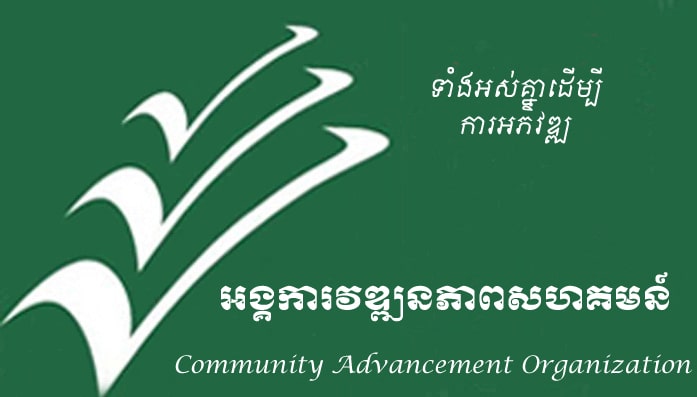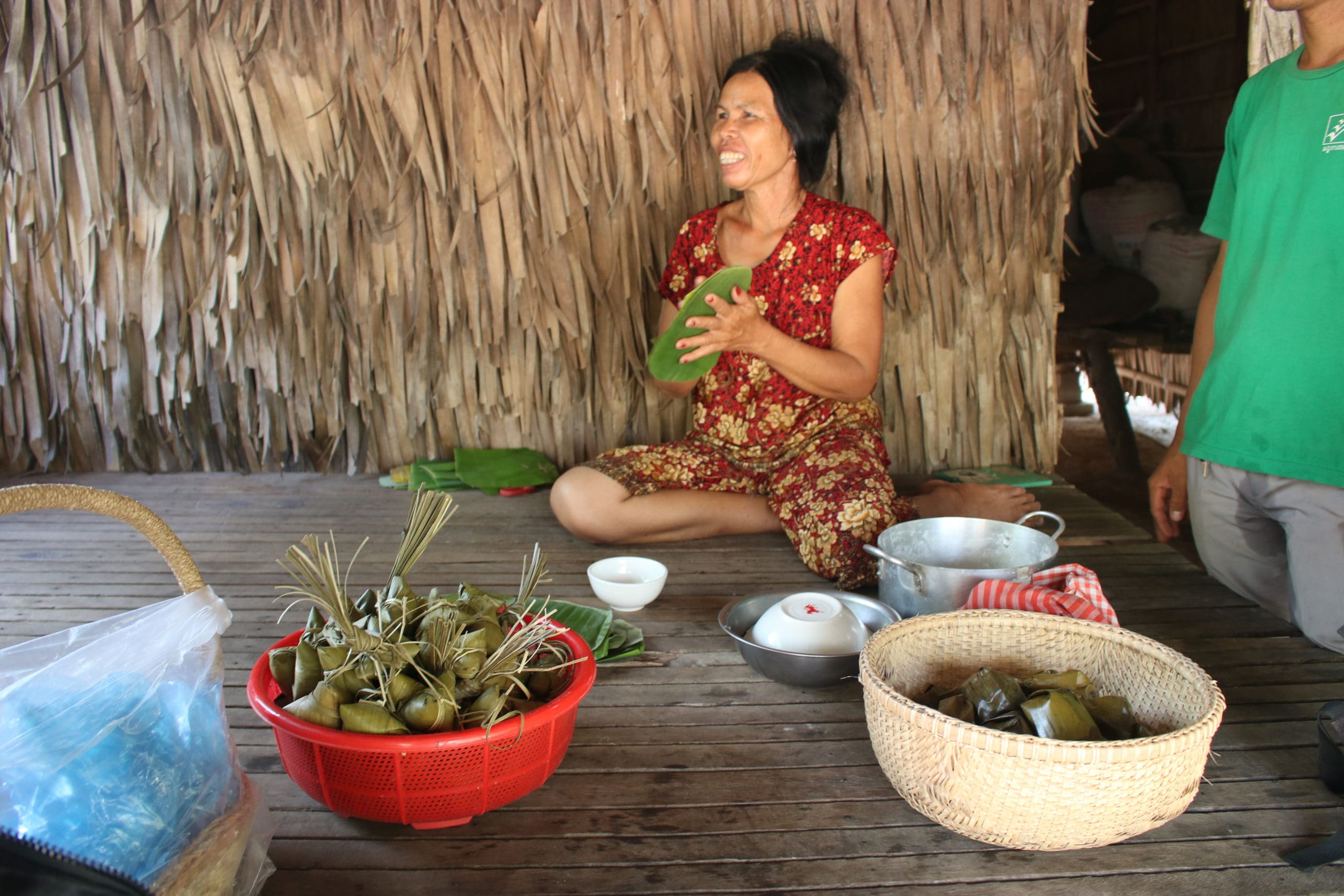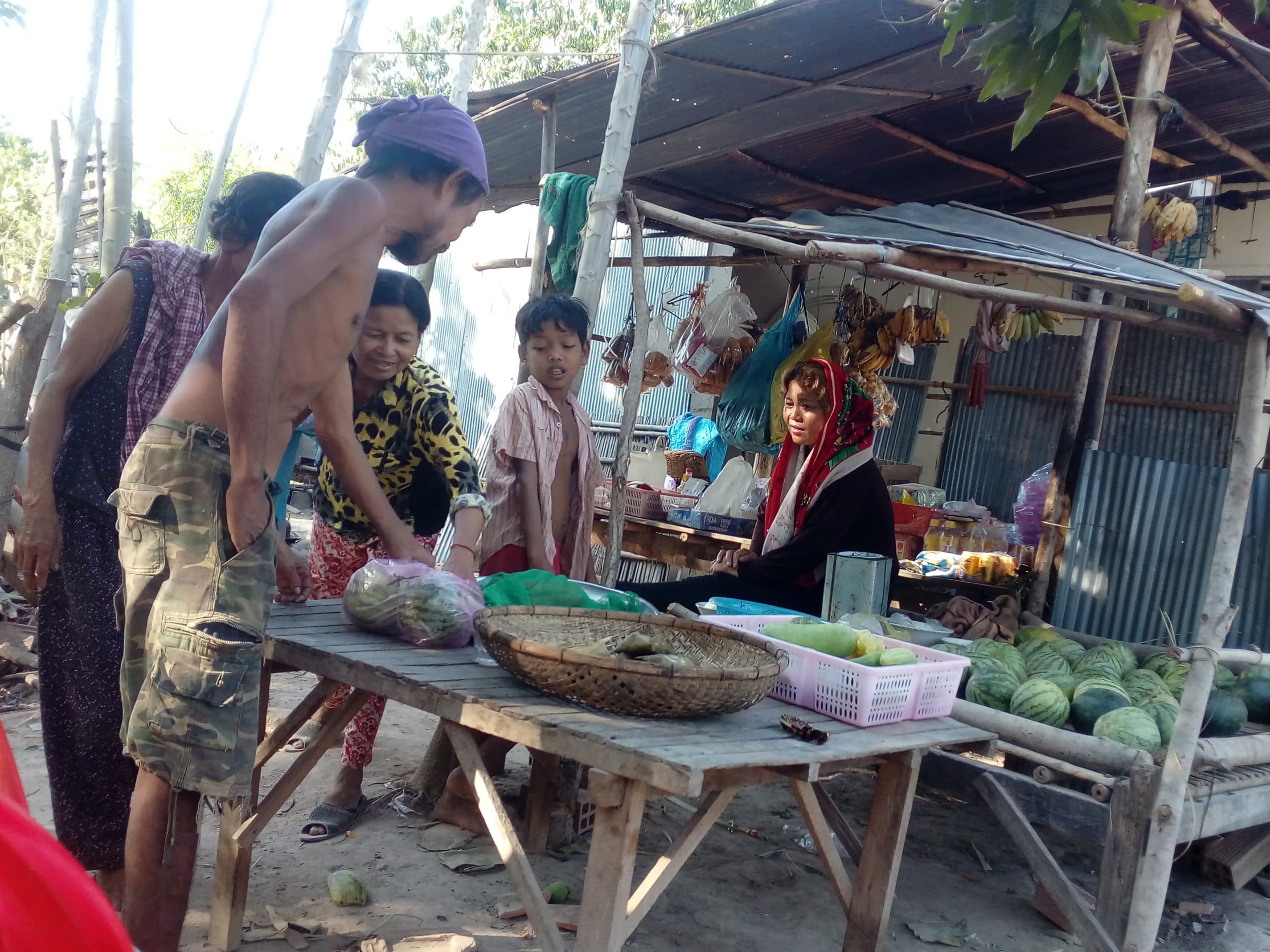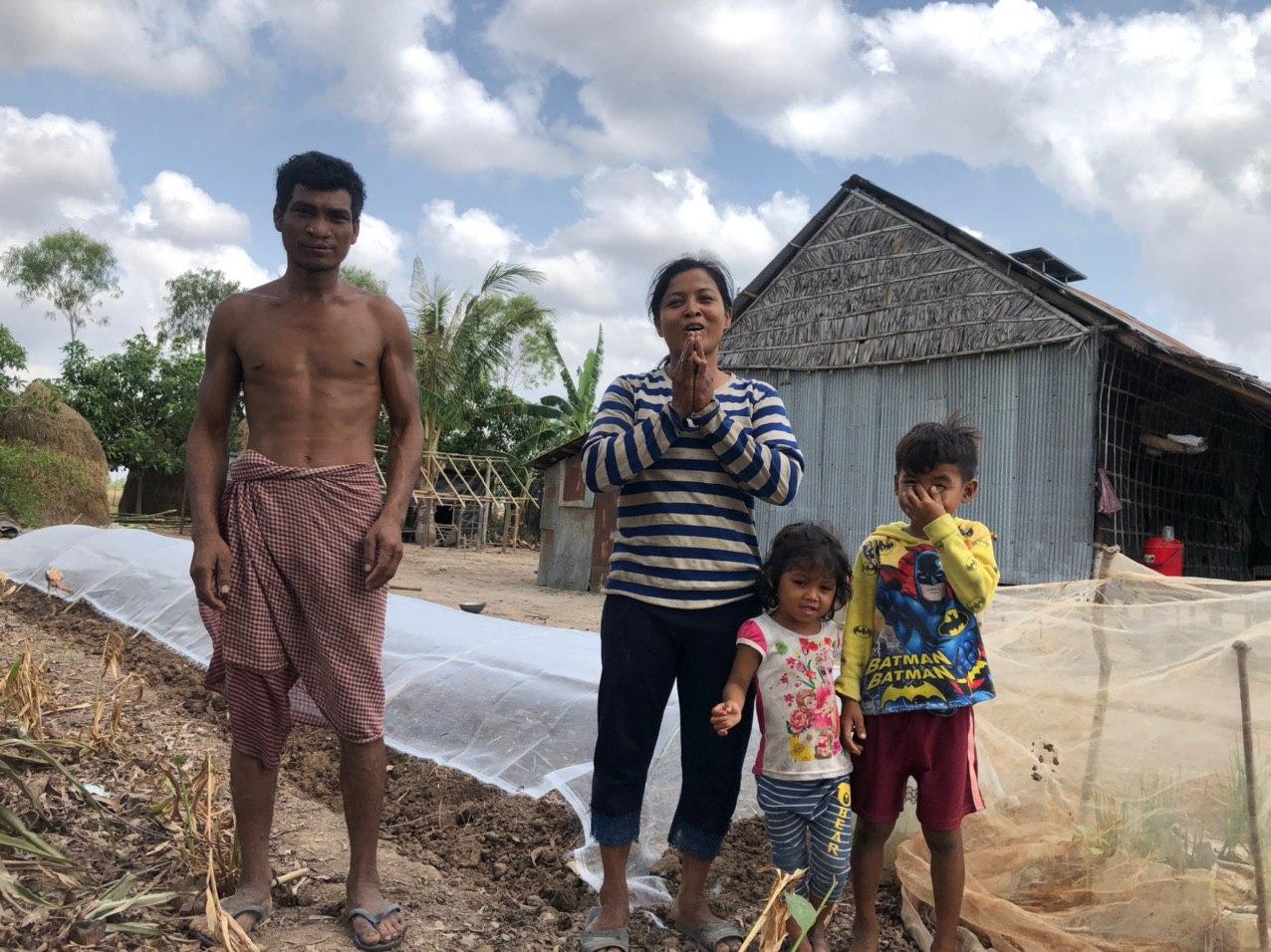MICROCREDIT
Just a loan will not make a difference, it may lead to failure and increased poverty. Technical support is key.
Where we work in Cambodia 15 to 20% of the villagers live on less than ½ € / person/day.
CAO manages to get them out of this situation through 4 to 5 years of training, microcredit and close coaching. On average, revenues increase by 25% per year, they double in 4 to 5 years. Unless special circumstances, CAO stops its support when income exceeds € 1 to 1.5. It continues, however, to ensure a less intense follow-up to prevent a relapse into poverty- which happens in less than 10% of cases.
Several hundreds households have already benefited from the program.
A. The PROCESS
A good cooperation with the local authorities is necessary. We start with the village chiefs who have a list of the poorest villagers, classified as #1 or #2. #1 are really the poorest of the poor, and one must check whether they have the resources (land, labor) to manage a new activity. If not then we will rather consider a scholarship if there are school-going children. Possibly temporary emergency aid. If they have the capacity to manage a new investment, then this is discussed with them. A consensus must be reached: CAO cannot impose an investment the people do not want. And CAO cannot support activities that obviously cannot be implemented successfully.
Often the very poor are depressed because of a long series of failures. It is thus important to select small investments with quick and relatively safe returns; often the profits are small but this is a start. The microcredit never covers the whole cost.
CAO will visit the borrower regularly, at least once a week, for proper coaching. The borrower has agreed to follow the good techniques. For example the chicks must come from a safe source and be vaccinated.
After 5-6 months, or earlier at harvest, the loan is refunded. In very few cases the borrower will not refund because of a failed crop or an emergency in the family. CAO will then consider to extend the refund period, or even will provide a new stop-gap loan.
A following loan will then be considered till the income of the household has increased above at least 1€/member and has become more stable.
The microcredit program is globally extremely successful. For a typical household, CAO will spend about 80$/year: this includes the capital for the loan and the successive increases at each new cycle. It includes also the staff salary & transport, the training costs. But the IMPACT in terms of increased income for the beneficiary household is 228$/year on average!




